Focus on Health and Wellness Trends
The Convenience Stores Market is increasingly influenced by the focus on health and wellness trends among consumers. As awareness of health issues rises, many individuals are seeking healthier food options, prompting convenience stores to adapt their product offerings accordingly. Recent surveys indicate that over 40% of consumers are more likely to purchase health-oriented products when shopping at convenience stores. This shift has led to the introduction of fresh produce, low-calorie snacks, and functional beverages in many convenience store chains. By aligning their inventory with health trends, retailers can attract health-conscious consumers and enhance their market position. This focus on health and wellness is likely to continue shaping the Convenience Stores Market, as stores strive to meet the evolving demands of their clientele.
Strategic Location and Accessibility
The strategic location and accessibility of convenience stores serve as a pivotal driver in the Convenience Stores Market. Positioned in high-traffic areas such as urban centers, residential neighborhoods, and near transportation hubs, these stores provide easy access to essential goods. Recent statistics reveal that convenience stores account for approximately 10% of total retail sales, underscoring their importance in the retail landscape. The convenience store format is designed to cater to impulse purchases, with consumers often opting for nearby stores for quick shopping needs. This accessibility not only enhances customer convenience but also contributes to the overall growth of the industry. As urbanization continues to rise, the demand for conveniently located stores is expected to increase, further solidifying the role of location in the Convenience Stores Market.
Increased Consumer Demand for Convenience
The Convenience Stores Market experiences a notable surge in consumer demand for quick and accessible shopping options. As lifestyles become increasingly fast-paced, consumers seek convenience in their daily routines. This trend is reflected in the rising number of convenience store locations, which has grown by approximately 3.5% annually over the past few years. The industry adapts by expanding product offerings, including ready-to-eat meals and essential household items, catering to the needs of busy individuals. Furthermore, the convenience store format allows for extended operating hours, which aligns with consumer preferences for shopping flexibility. This heightened demand for convenience is likely to drive further growth in the Convenience Stores Market, as retailers strive to meet the evolving expectations of their customer base.
Diverse Product Offerings and Customization
The Convenience Stores Market is characterized by an increasing emphasis on diverse product offerings and customization. Retailers are recognizing the importance of catering to varied consumer preferences, leading to the introduction of specialized products such as organic snacks, gluten-free options, and locally sourced items. This trend is supported by market data indicating that nearly 30% of consumers express a preference for healthier food choices when shopping at convenience stores. By diversifying their product range, convenience stores can attract a broader customer base and enhance customer loyalty. Additionally, the ability to customize offerings based on local tastes and preferences allows retailers to differentiate themselves in a competitive market. This focus on product diversity is likely to play a crucial role in shaping the future of the Convenience Stores Market.
Expansion of E-commerce and Delivery Services
The Convenience Stores Market is witnessing a transformative shift due to the expansion of e-commerce and delivery services. As consumers increasingly favor online shopping, convenience stores are adapting by integrating digital platforms to facilitate order placement and delivery. Recent data indicates that approximately 20% of convenience store sales are now attributed to online orders and delivery services. This trend not only enhances customer convenience but also broadens the market reach for retailers. By leveraging technology, convenience stores can offer a seamless shopping experience, allowing customers to order products from their mobile devices and receive them at their doorstep. This evolution in shopping behavior is expected to continue influencing the Convenience Stores Market, as retailers invest in technology to enhance their service offerings.
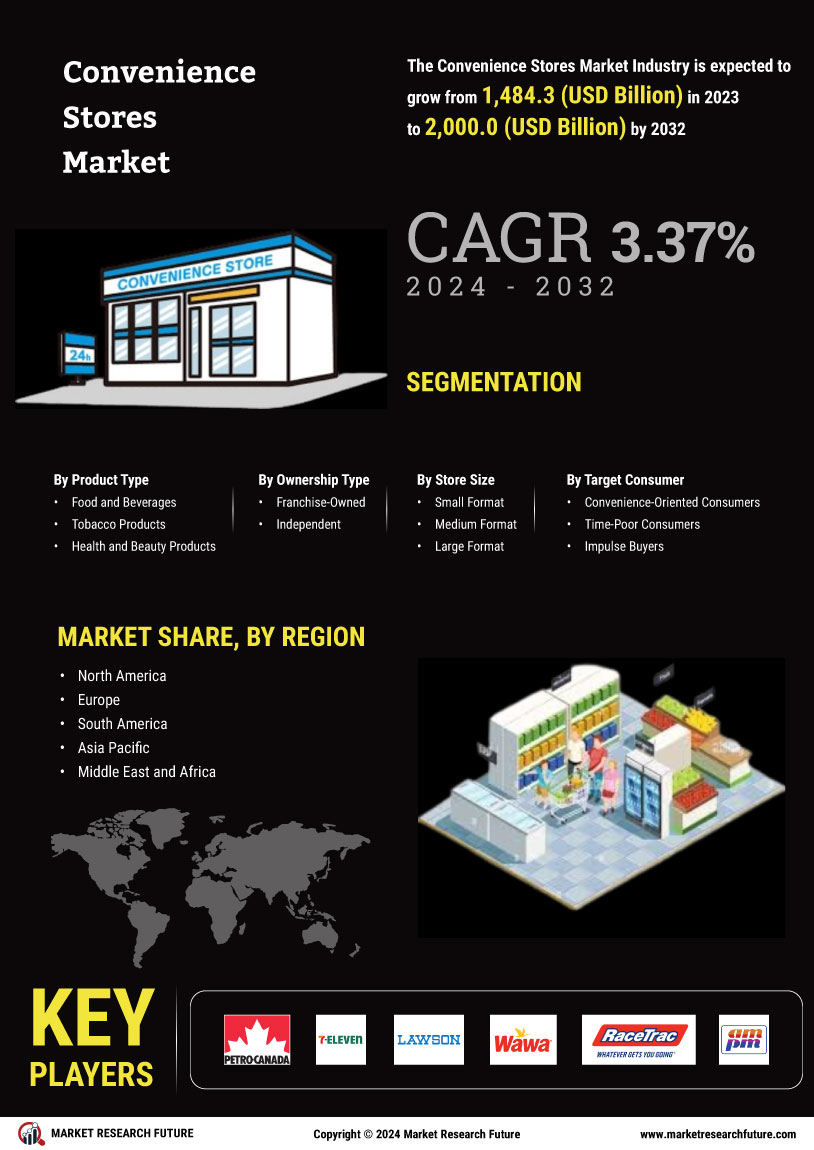

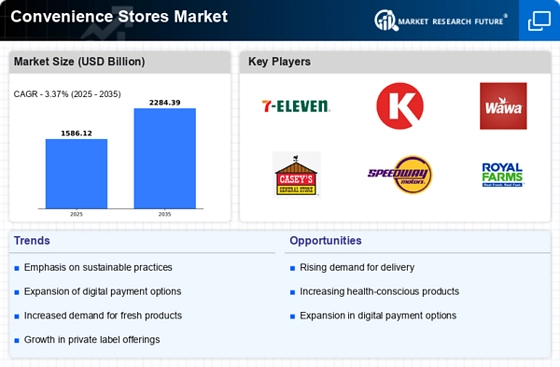
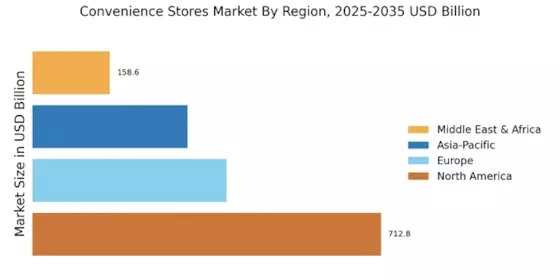
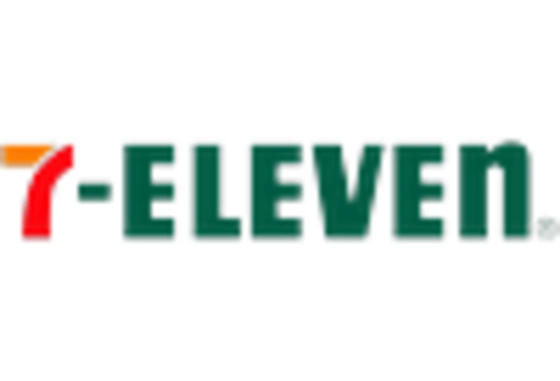
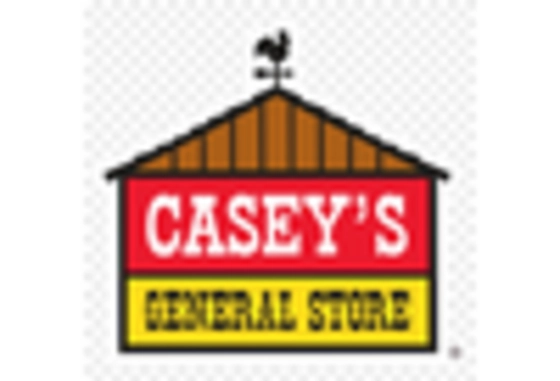
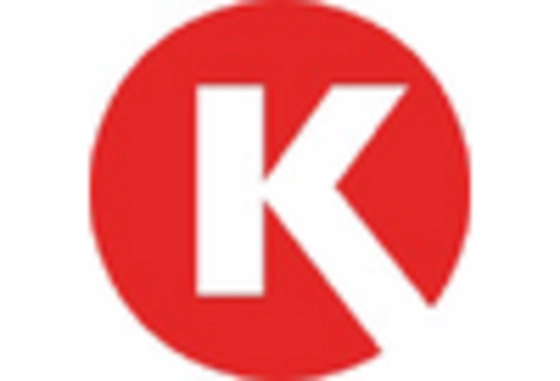
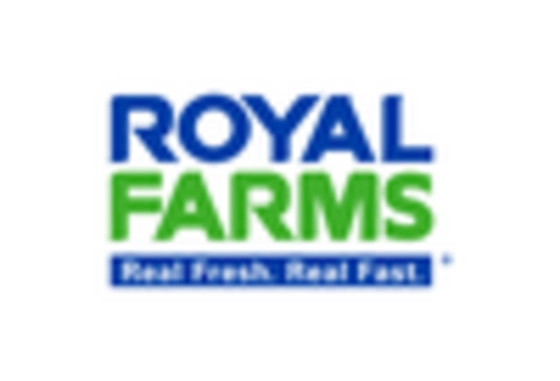

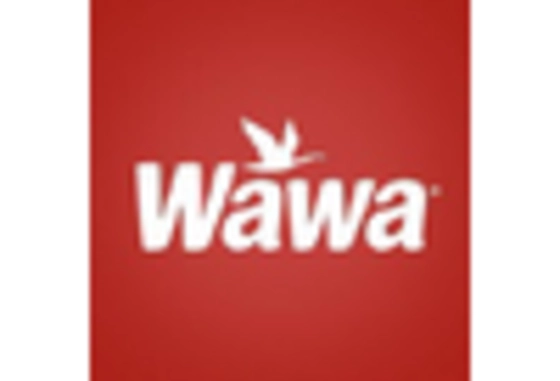








Leave a Comment